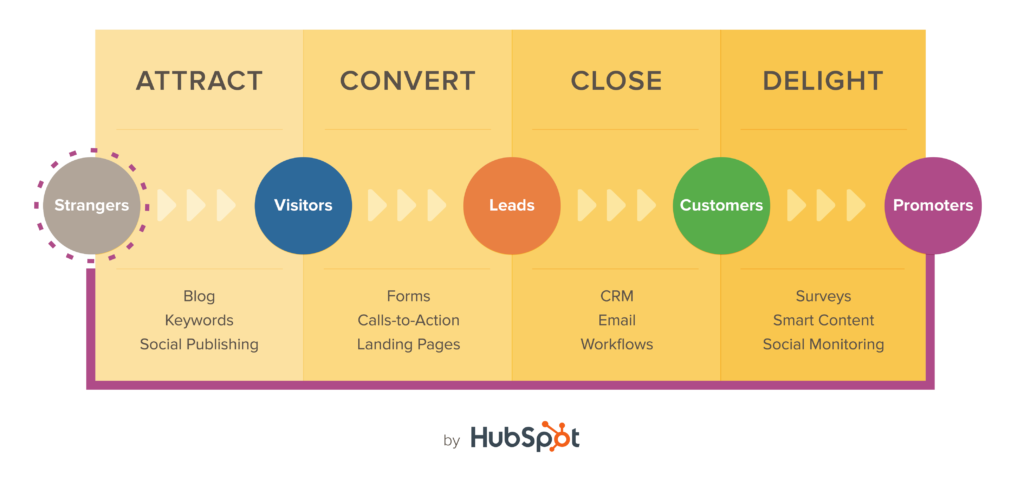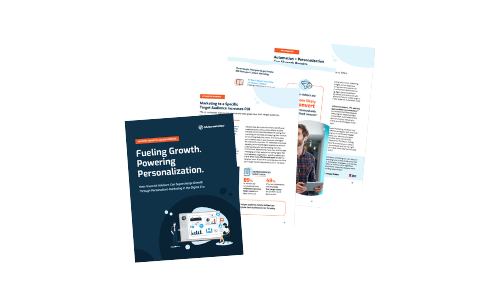You have made it through the content creation step of your inbound marketing strategy. Next step: Optimizing Financial Website Content.
Without optimizing it for clicks and search engines, the exchange of a lead’s information for content can’t occur, and conversion opportunities disappear. To put it simply:
- People can’t find your content
- People can’t easily get from your content to you.
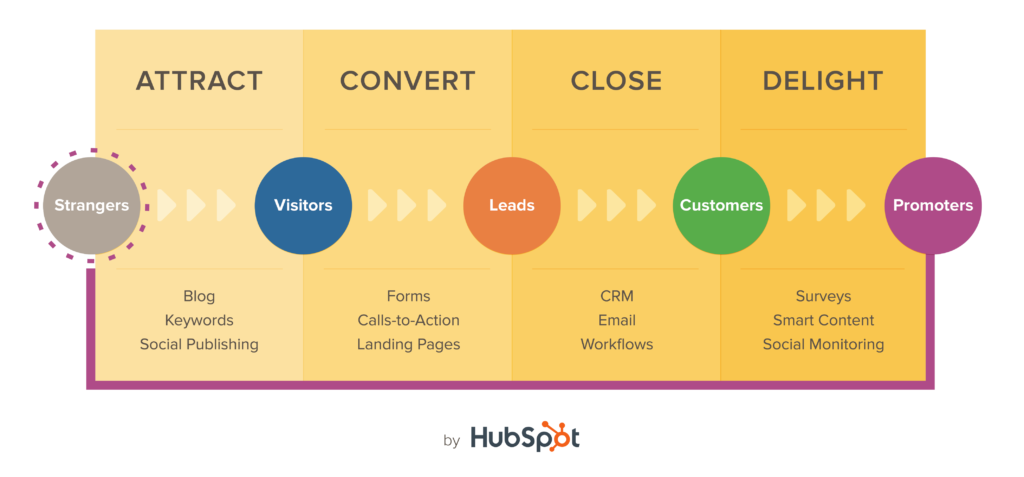
The ATTRACT & CONNECT portions are probably the hardest parts of this funnel diagram. Turning a visitor into a lead is no easy task, but if you write interesting content (or use someone else’s - no judgement), you are at least giving your brand a better chance to be noticed.
In golf terms, you’ve set yourself up with a great drive in the middle of the fairway, now you need to hit that perfect approach shot onto the green. (Putting is a whole other issue to tackle, though. Can’t stand those 3-putts.)

So, what can you do to get the most out of your content?
1. “C-T-A” “C-T-A” “C-T-A” - Pushing Your Visitors in the Right Direction
Call-to-actions, or CTAs, are exactly what the name implies: a button, image, link, or text that directs your audience to take, well, the action that you’ve called for. Popular CTAs include, ‘Schedule a Meeting’ or ‘Subscribe to My Newsletter,’ but when it comes right down to it, you can ask your visitors to do anything.

- See out how this financial advisor uses the green button as his CTA.
CTAs can go anywhere – throughout your blog posts or at the bottom of them, within the body your emails, as a tweet, or even within and even though it took a call-to-action for a prospect to get your ebook, you can put them in there, too.
CTAs are key to keeping a low bounce rate (% visitors to a particular website who navigate away from the site after viewing only one page). If your website has a compelling CTA, the less likely visitors will leave your page.
The whole point of having a CTA is to get something from your audience.
Want an email list full of leads?
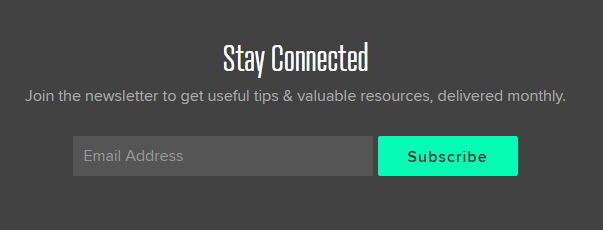
Want more Twitter followers?
Want a sandwich?

Some quick CTA tips:
- Strong verb use (Subscribe, Download, Fill out a form for…)
- Give your audience a reason to click
- Use numbers
- Get creative
- Take advantage of FOMO (Fear of Missing Out)
- Don’t go overboard with the amount of CTAs
There is no perfect CTA formula. It depends on your audience and your goals.
It’s a good idea to test out different things though, play with it. See what works, what doesn’t. Here are 30 CTA examples if you're searching for inspiration.
The bottom line is that you want to make it really, really easy for your web visitors to do whatever it is you want them to do, so the bigger and more obvious your CTA, the better.
2. Getting your Content Visible and Accessible - Can People Find Your Content?
While many advisors consider Search Engine Optimization (SEO) to be a low priority, the fact remains that a higher ranking on a search engine results page means greater visibility, which means more web traffic and therefore more conversion opportunities – ultimately, going to the trouble to create your web content is a fruitless endeavour if no one’s ever going to see it.
Here are a few ways to optimize your content for search engines:
Fresh content: Adding new material to your website on a regular basis is important for keeping it in a search engine’s spotlight. While it may be a burden to constantly create new content, there are several good outlets that offer high-quality shareable financial content. Scheduling multiple blog posts ahead of time makes everything that much quicker and effective. (Because sometimes it’s Monday morning and those creative juices just aren’t flowing.)
Specific content: Articles centered around keywords or phrases is preferred over unfocused financial website content. Avoiding overly broad topics is a good idea.
Smart keywords: Give search engines smart and natural keywords in title tags, descriptive text, headers, sub-headers, and links. A good meta description will help convince searchers that your page is worth navigating to.
Don’t stuff keywords: Not only will you be penalized by search engines for it, but redundancy doesn’t make for a particularly enthralling or informative read. So basically, make sure to focus on using useful, information-rich content that uses keywords appropriately and in context.
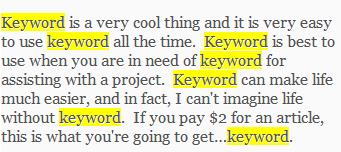
- What not to do.
Accessible text: Search engines like it, and so do readers. In other words, refrain from obfuscating your intended message with excessively verbose or inordinately intellectual language. (See what I did there?)
Links: Including links to other (reputable) sites within your content can help with your SEO. Making sure that your links are not broken is important.
(P.S. Close counts: Your keywords don’t have to be an exact match to what is being searched. In 2012, Google introduced the ‘close variant keyword search’ so that not only would exact matches appear, but so would various tenses, synonyms, and semantically related terms.

According to Google, 7% of searches contain misspellings, a number which increases with every word added in the search bar. Just because none of us can type particularly well on our phones, doesn’t mean that we shouldn’t be able to find what we’re looking for.)
3. Cash for Clicks - Using PPC To Your Advantage
If SEO isn’t your cup of tea, then have no fear, you can buy your way to the top of the results page!
PPC (Pay per click) is offered by all the search engines (Google AdWords, Bing Ads, Yahoo Advertising, etc).
PPC advertisements, paid for by you, appear at the very top of a list of search results – above all the organic chumps in the rat-race below. As the name suggests, you pay only when your link is clicked.
A PPC means that you don’t have to tinker with your website to fit an ever-changing algorithm, you can direct traffic to pages that aren’t built around your keywords, and you have complete control over the ad. PPC is quick, easy, and almost guaranteed to immediately increase the visibility of your content.
Here's a basic 9-step process to starting an effective PPC campaign:
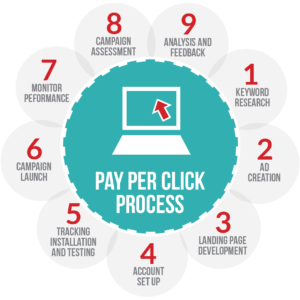
For the most part, it's not that difficult. Targeting the right audience (demographics, region, interests) goes a long way to determining the effectiveness of your PPC campaign.
Just make sure the content you’re providing on the other end of your PPC ad has a high conversion opportunity (remember CTA!). In the end, you want the ad to be able to pay for itself.
Putting it all together!
So you’ve gone through all the trouble of making the content. You know it’s quality work, you know your audience will find it useful, and you know that it helps your brand.
Getting your content out there doesn’t have to be hard. Converting your visitors into leads doesn’t have to be hard.
Key takeaways:
-
Create a strong CTA
-
Improve your content’s SEO
-
PPC is useful
Let us know what strategies have helped you with optimizing financial website content.


